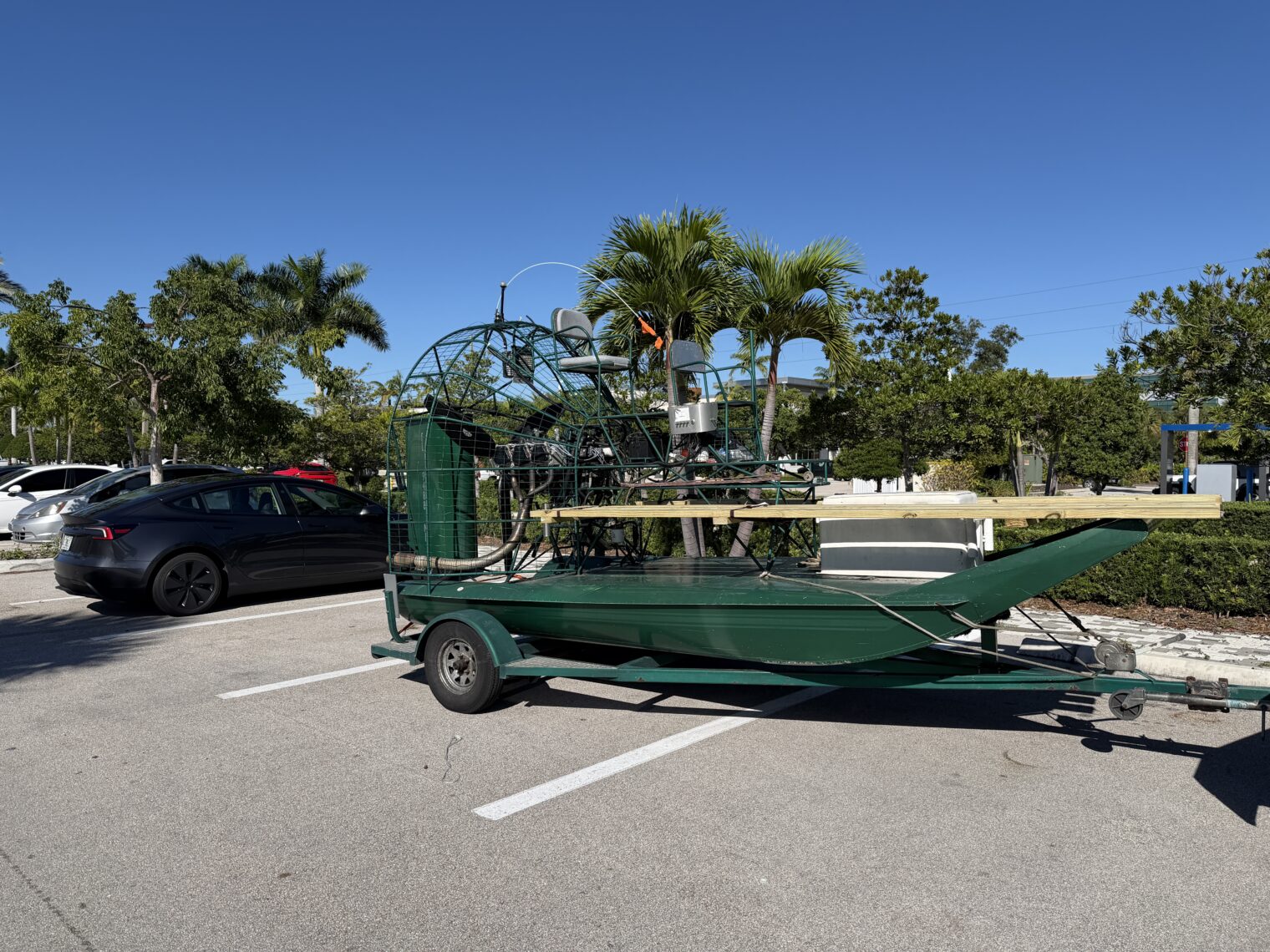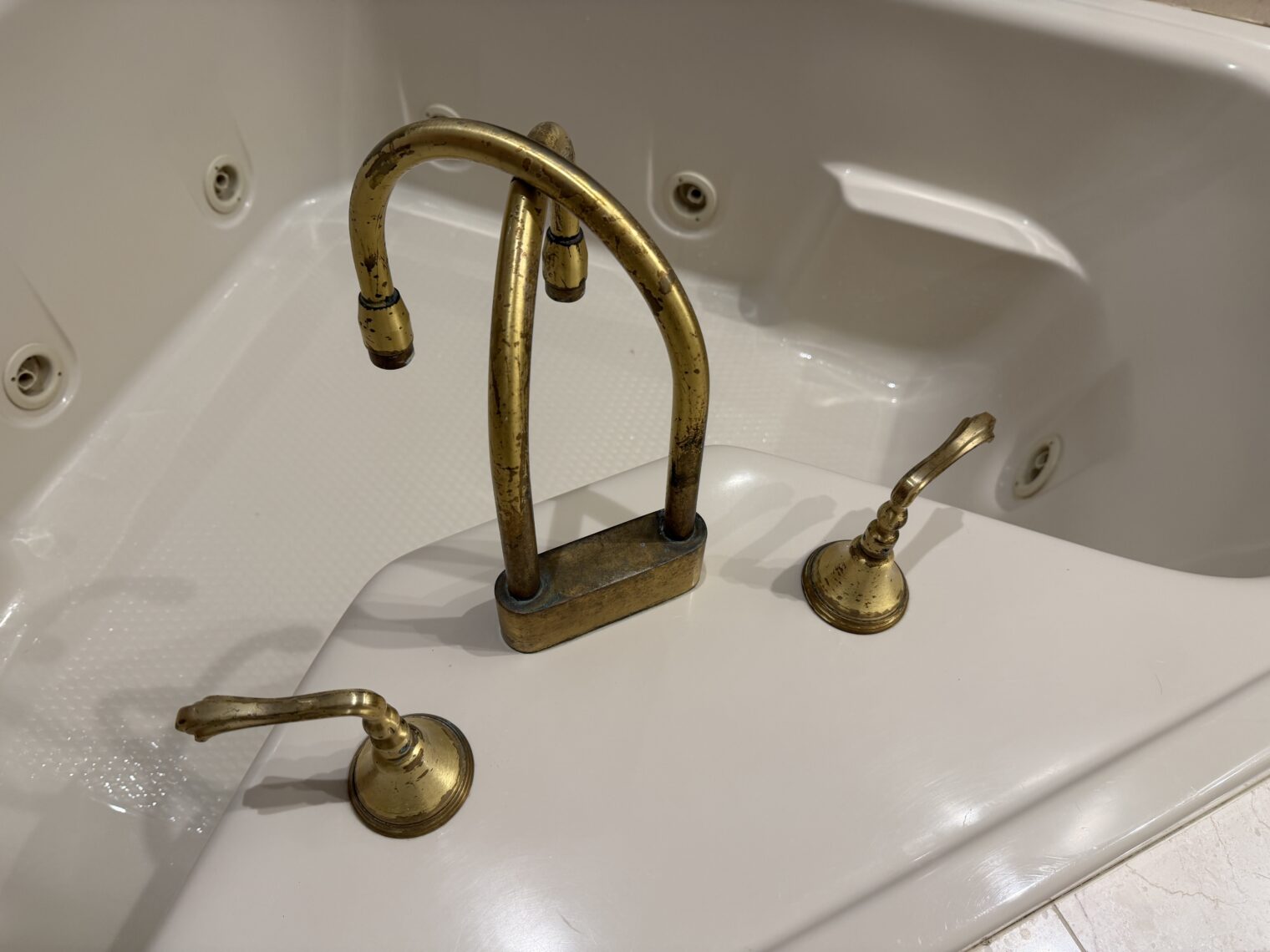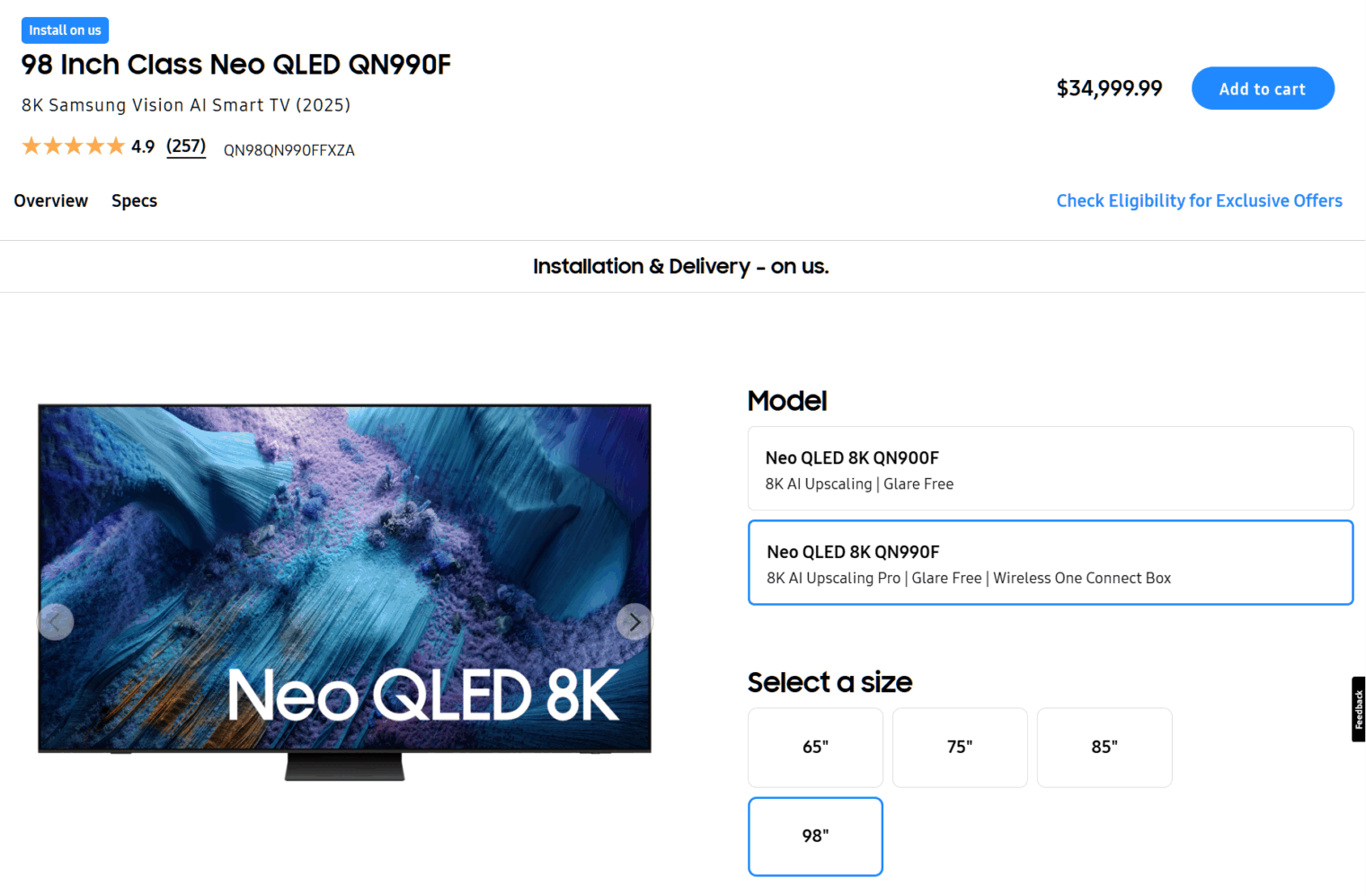Artificial stupidity meets the bathtub faucet
Loyal readers may remember Moen Flo Artificial Intelligence Water Overlord, in which the intelligent water overlord was dumb as a rock. This post is about what happened after I got the cartridge out of the faucet.
ChatGPT confidently identified the Roman tub faucet based on a photo of the top of the cartridge. The identification came with “100% certainty”:
The Pfister cartridges it told me to buy are plastic and don’t have a splined top:
When I pointed this out, ChatGPT told me to buy some other Pfister cartridge that was obviously wrong and intended for a sink faucet, not a tub faucet. I managed to get the cartridge out and sent ChatGPT a photo:
(Of course, this was obviously false as well.)
I went to Broedell Plumbing Supply here in Jupiter. The guy at the counter quickly found a Phylrich web page with dimensions that matched the faucet. I asked ChatGPT “You sure it isn’t a Phylrich 10240?”
The Phylrich web page says that its cartridge has 16 points, not 12 as ChatGPT confidently says. When I sent ChatGPT close-up photos of the top of the old cartridge and the bottom of the handle, it found 20 splines (I counted 16). ChatGPT still wanted to replace the failed cartridge with a Pfister. It came up with a dog-ate-my-homework story:
Grok was a little better. Shown a picture of the top of the cartridge (not the entire cartridge):
The dates have to be wrong since our house was built in 2003 and I don’t think that they used vintage materials. A Google search for the suggested “Phylrich Regency” and “Phylrich Versailles” doesn’t bring up anything with dual spouts. When I pushed back on Grok it changed its mind to Newport Brass or Jaclo. When I sent a photo of the complete cartridge, Grok said that it was American Standard or Pfister. Grok seems worse in terms of hallucinating the existence of similar-looking dual-spout roman tub faucets.
The plot thickened a little further. I ordered two replacement cartridges (one hot, one cold) from Phylrich ($155 including shipping, i.e., about the same price as a Glacier Bay deck-mount tub faucet from Home Depot (bizarrely rated at 2.4 gph, which I don’t think can be right because that’s roughly Federal shower flow limit and a standard Delta tub filler is about 20 gph at 60 psi)). The cartridges fit and work perfectly. So the faucet is definitely Phylrich, right? I emailed a photo to the company’s customer service department and they say that they never made a faucet like that. ChatGPT, to its credit, did have a plausible explanation:
Many manufacturers bought cartridges from the same OEM suppliers. … Boutique brands (including Phylrich) often used “generic” brass compression stems early on. … So Phylrich’s cartridge fits simply because the valve body was designed around a widespread industry-standard stem pattern. … Your faucet is almost certainly a “private label” or discontinued OEM roman-tub set
(It still erroneously believes that the stem pattern is 20 splines and referred to that.)
Maybe I could order two of these swan sets and use two of the spouts on the existing rough-in kit? That would cost only about $10,800. That’s a mere trifle for some of our Palm Beach County neighbors.
I think the above tale at least demonstrates that (1) AI is not always ready for the real world, and (2) one should never install anything in one’s house that didn’t come from Home Depot.
Speaking of Home Depot, nearly the complete range of South Florida vehicles in the parking lot: airboat, Tesla, Rolls-Royce (I have seen Ferraris in that lot before, but not on the same day as the below photos were taken):






















